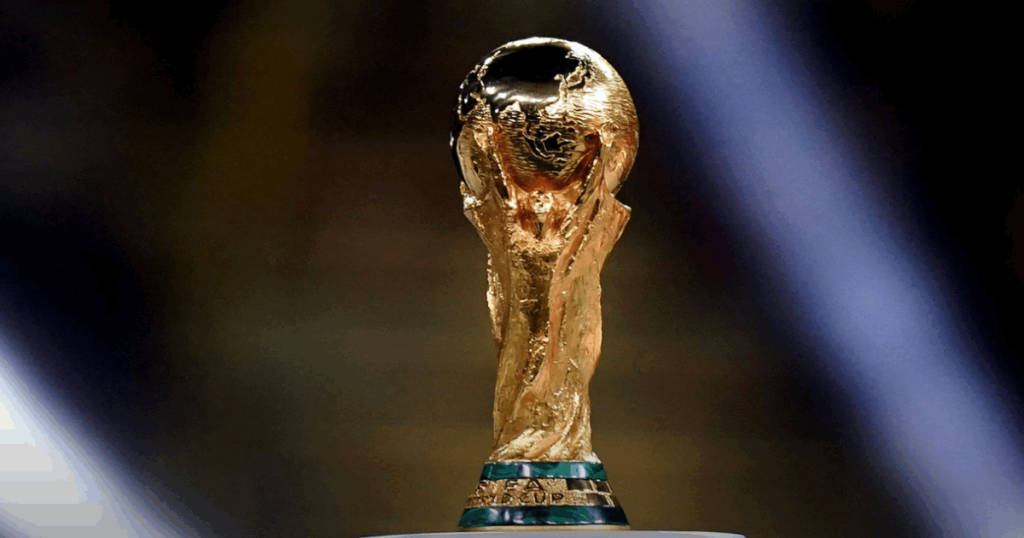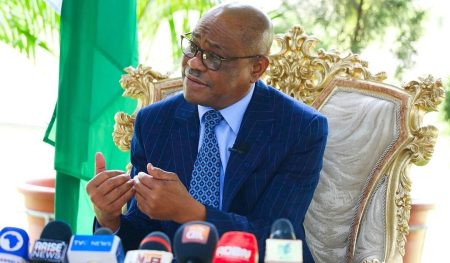The Dawn of a New Era: The 2026 FIFA World Cup and its Expanding Horizons
The 2026 FIFA World Cup marks a watershed moment in the tournament’s illustrious history, ushering in an era of expanded participation and unprecedented collaboration. With the tournament field broadened to 48 teams, the global stage is set for a more diverse and inclusive celebration of football, welcoming nations from every corner of the world to compete for the coveted trophy. This expansion signifies a significant shift in the dynamics of international football, providing more opportunities for emerging footballing nations to showcase their talents and contribute to the rich tapestry of the World Cup. The ripple effects of this change extend beyond mere participation, impacting the qualification process, the tournament structure, and the overall experience for fans worldwide.
North America Takes Center Stage: A Tri-Nation Hosting Spectacle
For the first time in World Cup history, the tournament will be jointly hosted by three nations: the United States, Mexico, and Canada. This groundbreaking collaboration represents not only a logistical feat but also a symbolic gesture of unity and shared passion for the beautiful game. Each host nation brings its unique cultural flavor and footballing heritage to the table, promising a vibrant and diverse tournament atmosphere. The joint hosting arrangement presents an opportunity to showcase the growing popularity of football across North America and further solidify the region’s place on the global footballing map. The shared responsibility also carries the potential to enhance the fan experience, offering a wider range of travel options and access to different cultural experiences.
Early Qualifiers: Paving the Way for Global Competition
As the qualification process unfolded, several nations emerged as early victors, securing their places in the 2026 World Cup. The host nations—USA, Mexico, and Canada—enjoyed automatic qualification, setting the stage for their home-turf advantage. From Asia, Japan, Iran, Jordan, South Korea, and Uzbekistan booked their tickets, highlighting the growing strength and competitiveness of Asian football. New Zealand claimed Oceania’s guaranteed spot, while South American powerhouses Argentina, Brazil, Ecuador, Uruguay, Paraguay, and Colombia asserted their dominance, underscoring the region’s continued footballing prowess. Australia, initially on the radar, ultimately secured their spot, adding another strong contender to the mix. Morocco made history by becoming the first African nation to qualify, setting a precedent for other CAF teams.
The Qualification Journey: A Global Battle for Glory
The road to the 2026 World Cup involved a rigorous qualification process across various confederations, each with its unique challenges and storylines. The expanded format intensified the competition, as more teams vied for a limited number of spots. The qualification journey served as a proving ground for national teams, testing their tactical acumen, resilience, and ability to perform under pressure. For some nations, qualification represented a culmination of years of hard work and dedication, while for others, it signaled a breakthrough onto the global stage. The qualification process played a crucial role in shaping the narrative of the tournament, setting up intriguing matchups and potential underdog stories.
The Anticipation Builds: Looking Ahead to the 2026 Spectacle
With the majority of qualifying spots filled, the anticipation for the 2026 FIFA World Cup continues to build. The tournament promises a thrilling display of footballing talent, showcasing both established powerhouses and emerging nations. The expanded format introduces the potential for new rivalries and unexpected upsets, adding an element of unpredictability to the competition. The global stage is set for a festival of football, uniting fans from around the world in their shared passion for the beautiful game.
A Tournament of Firsts: Embracing Innovation and Inclusion
The 2026 FIFA World Cup represents a departure from tradition in several significant ways. The expanded format, the tri-nation hosting arrangement, and the diverse representation of nations all contribute to a tournament of firsts. This spirit of innovation and inclusion reflects the evolving landscape of global football and sets a precedent for future World Cups. The 2026 tournament promises to be a memorable and transformative event, leaving a lasting legacy on the world of football.














